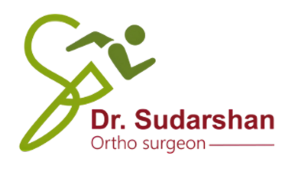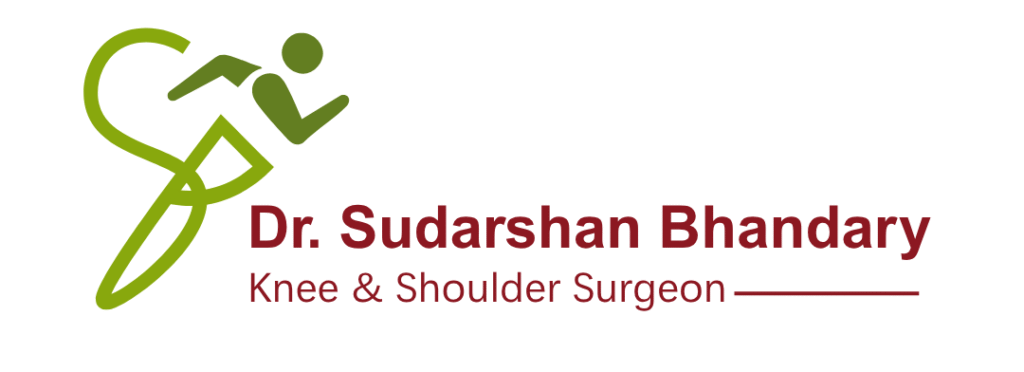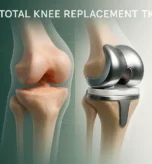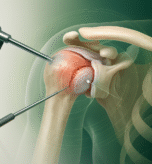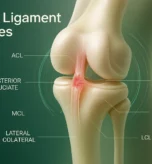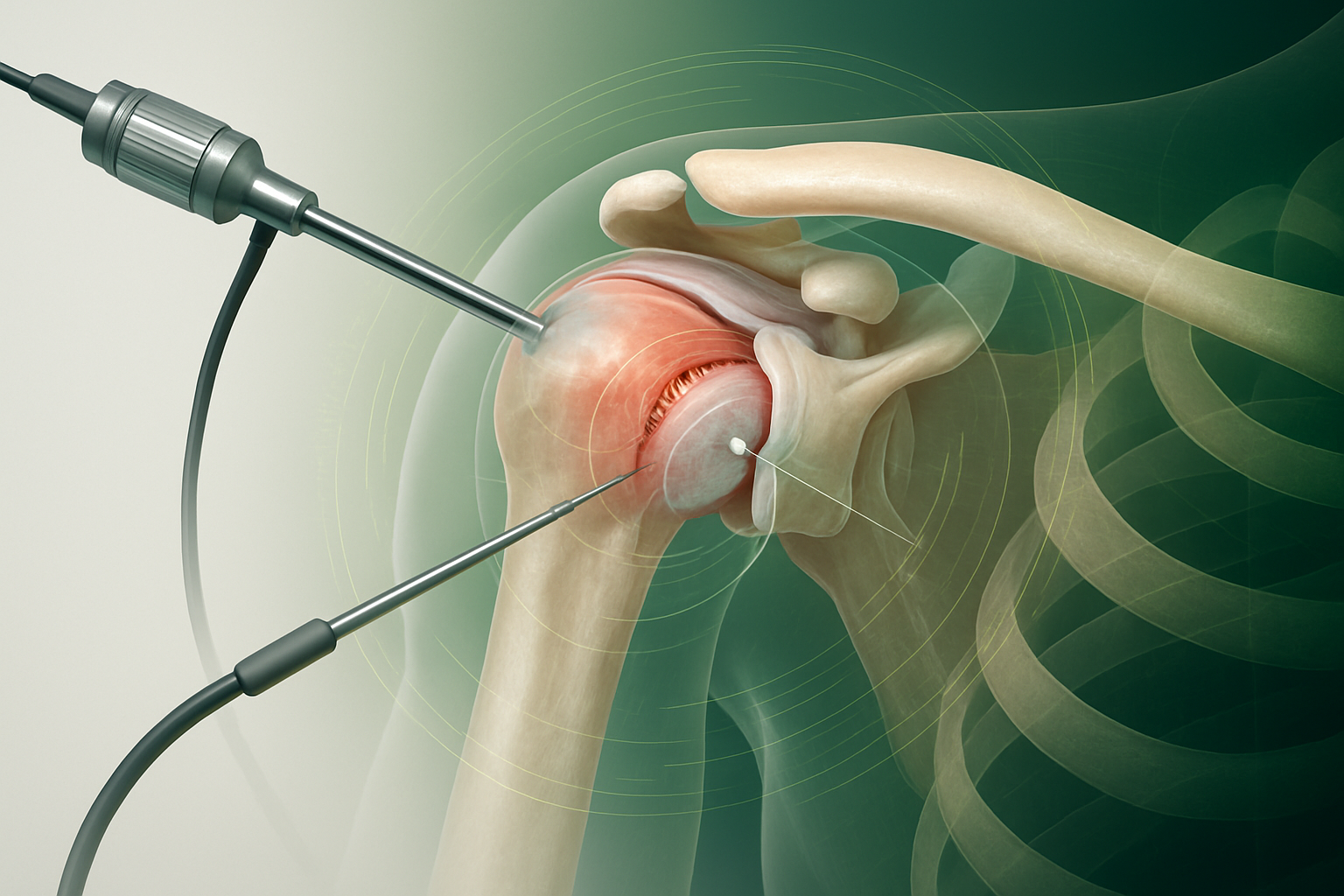
The shoulder is a beautifully designed joint, offering exceptional flexibility. But this flexibility comes at a costshoulder injuries, dislocations, and chronic instability are all too common.
In this article, Dr. Sudarshan Bhandary explains how modern shoulder arthroscopy offers minimally invasive solutions that restore stability, relieve pain, and prevent future injuries.
Common Shoulder Conditions Treated with Arthroscopy
Recurrent Dislocations:
Particularly common in young athletes after initial dislocation.
Rotator Cuff Tears:
Tears of the tendons around the shoulder joint.
SLAP Lesions:
Superior labrum injuries from repetitive overhead movements.
Frozen Shoulder:
Stiff, painful restriction of movement.
Instability Due to Ligament Laxity:
Frequent subluxation (partial dislocations) causing chronic discomfort.
What Is Shoulder Arthroscopy?
- Minimally invasive technique
- Tiny keyhole incisions
- Fiberoptic camera (arthroscope) guides precise repairs
- Faster recovery than open surgery
- Less post-operative pain
Shoulder arthroscopy allows exact visualization of damaged structures, enabling highly targeted repairs.
The Surgical Procedures Explained
Rotator Cuff Repair:
Torn tendons are stitched back into their original attachment on the humerus bone.
Bankart Repair:
Labral tears causing dislocations are anchored back into position.
Latarjet Procedure:
Used for significant bone loss to prevent recurrent dislocations.
Remplissage:
Addresses associated Hill-Sachs lesions (bone defects).
Capsular Release:
For frozen shoulder, allowing full range of motion to return.
Recovery Timelines
- Light daily activities: 2-4 weeks
- Physical therapy starts early to prevent stiffness
- Overhead sports: 4-6 months
- Full return to sports: 6-12 months (depending on type of surgery)
Experience Makes a Difference
Shoulder arthroscopy is highly technical accurate portal placement, precise suture anchoring, and appropriate tensioning are crucial for long-term success.
Dr. Bhandary’s international fellowship training (France, Germany, Australia) and years of focused arthroscopic experience ensure patients receive state-of-the-art care.
Conclusion:
Many patients delay shoulder surgery out of fear. But modern arthroscopic techniques offer faster healing, fewer complications, and excellent long-term outcomes.
Schedule a consultation to evaluate your shoulder injury and explore personalized treatment options.
